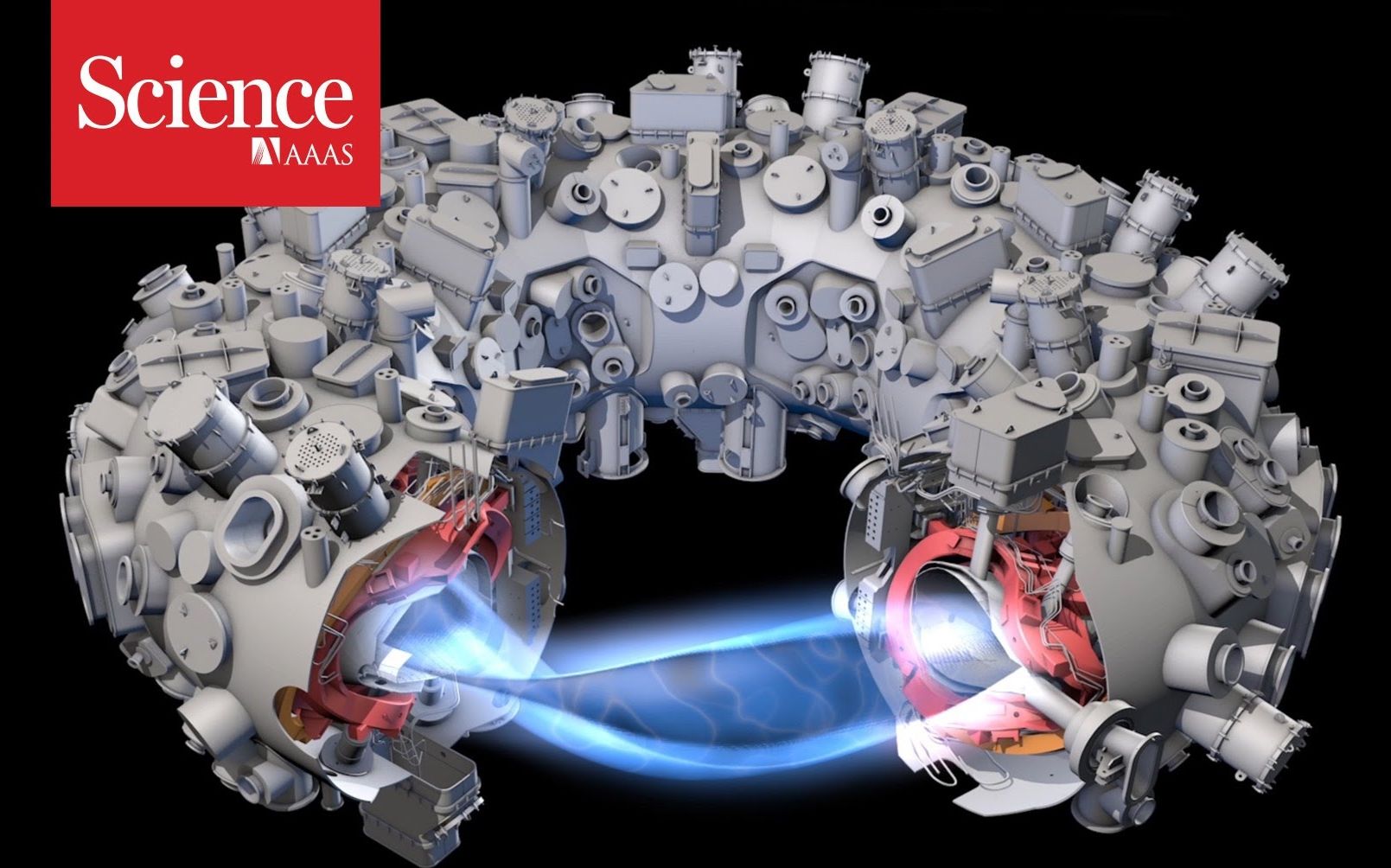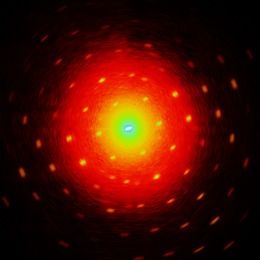Allow me to introduce you to someone who has the potential to be very important in the future of Bitcoin. His name is Balaji Srinivasan, and he is the chairman and co-founder of 21 Inc. What is 21 Inc? 21 Inc. is the Bitcoin startup that secured the most venture capital of any Bitcoin company in history, at $116 million. What do they need $116 million in venture capital for? They are investing in “future proprietary products designed to drive mainstream adoption of Bitcoin.” With that in mind, the research of 21 Inc. has highlighted some interesting Bitcoin factoids. One Srinivasan released at the second annual Bitcoin Job Fair held last weekend in Sunnyvale, California regarding how big Bitcoin has become in the computing world.
Honestly, I looked online to find out what a petahash rate and a gigahash rate was, and that is one long rabbit hole, so I’ll leave the technical ramble to techies like Mr. Srinivasan. He makes the comparison to Google based on the fair assumption that they are using 1e7 servers, for 1e7 H/s per Xeon, and ~10 Xeons/server = 1 PH/s. One petahash equals 1,000,000 gigahash or 1000 terahashes. Bitcoin reached 1 PH/s of computing power/speed on September 15th, 2013. It is now normally working at over 350 PH/s, or over 350,000,000 GH/s.
” All of Google today would represent less than 1% of all of mining (Bitcoin operations worldwide). The sheer degree of what is happening in (Bitcoin) mining is not being appreciated by the press,” said Balaji Srinivasan at the Bitcoin Job Fair. “If we assume there are 10 million Google servers, and each of these servers is running, you can multiply that through and get one petahash. If they turned off all of their data centers and pointed them at Bitcoin (mining network), they would be less than 1% of the network.”
Read more








